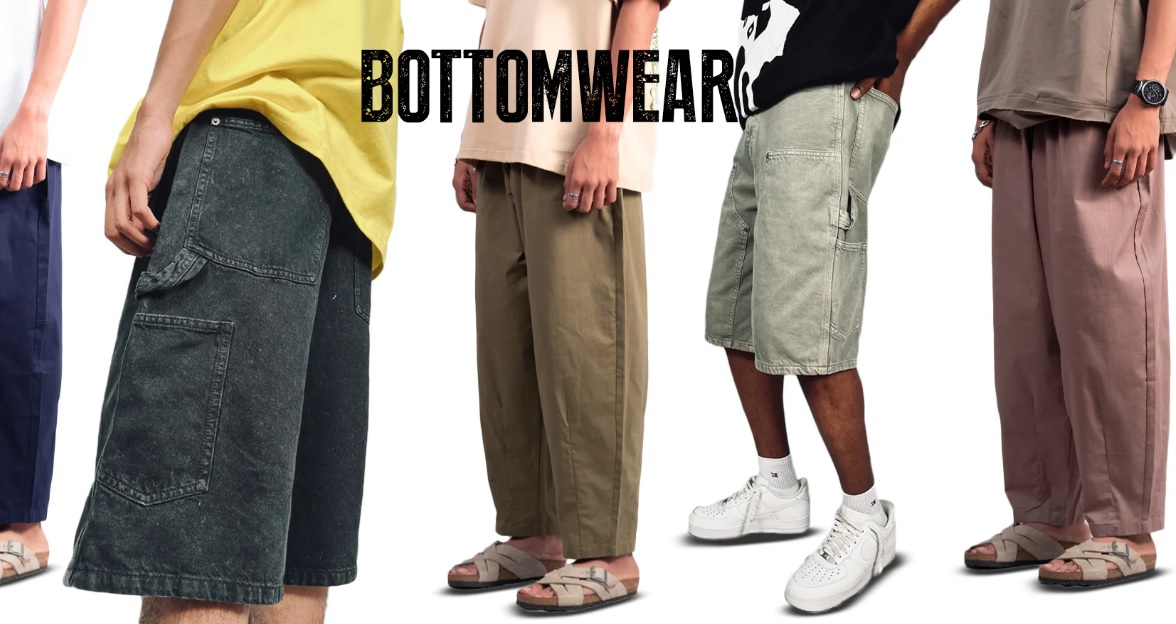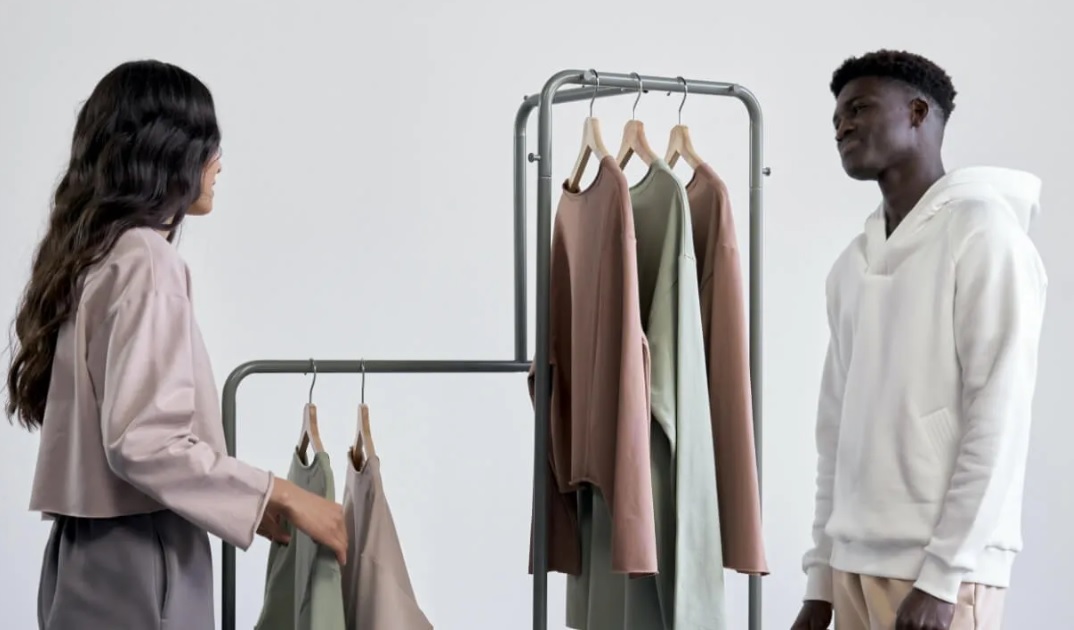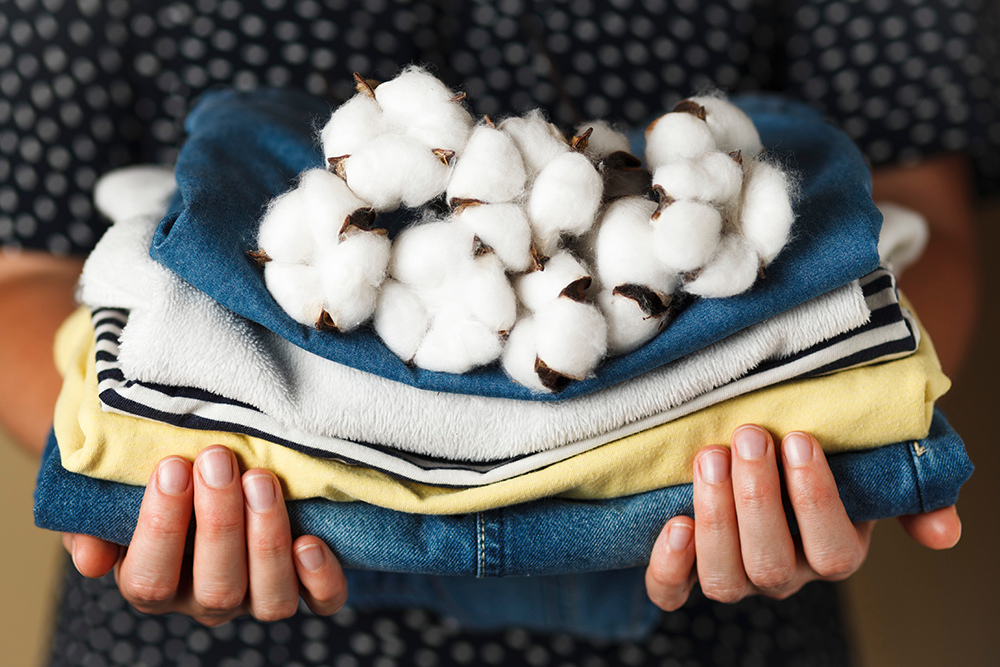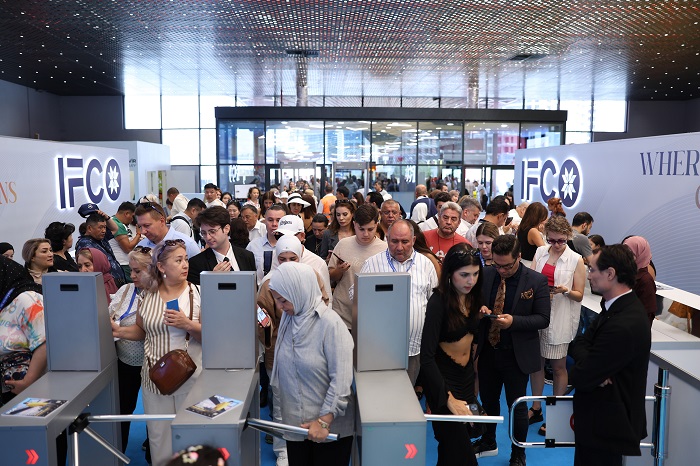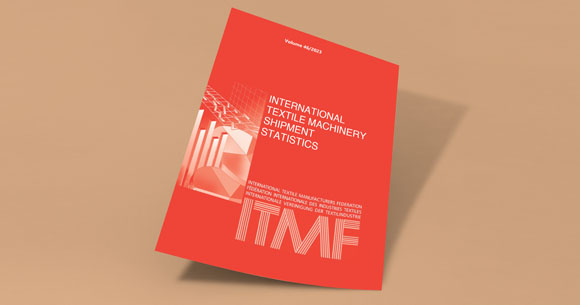FW
Export orders from Bangladesh-based readymade garment factories have dropped by 20 per cent during the January-June period of 2014 against the same period of last year. Small and medium readymade garment units have no fresh work orders as buyers prefer large and compliant factories. A large number of factories have gone for a long vacation for want of work orders. Almost all global brands including Wal-Mart, JC Penny, Zara, Tesco, IKEA, Marks & Spencer, H&M, Uniqlo and Li & Fung are increasingly sourcing from compliant factories.
In such a situation, garment units are desperate for export orders and are searching for new markets like Brazil, Russia, South Africa and Japan. Cost of production has increased due to a 77 per cent wage hike and manufacturers and exporters expect fair prices from retailers.
Bangladesh will face challenges in the European market as the trade block has awarded trade preferences to Pakistan too for the same products. Currently, Bangladesh enjoys zero-duty benefits from the EU under the GSP scheme. Bangladesh also imports textiles and cotton. Given that the country grows little cotton of its own, the local textile and apparel sector is almost entirely dependent on imports of the fiber to spin. Cotton consumption in Bangladesh may rise 8.75 per cent in 2014-15 with higher demand for garments.
Disrupt Unlimited and the Sri Lanka Inventors Commission (SLIC) have entered into an agreement to establish a partnership to promote innovation in Sri Lanka and enhance opportunities in the fields of textile, apparel and accessories. SLIC through its regular programs will identify inventors with potential to commercialise their inventions in these fields and introduce them for consideration by Disrupt Unlimited. Disrupt Unlimited is the apparel start-up seed accelerator funded by Brandix.
Disrupt Unlimited will review such inventors introduced by SLIC and select suitable candidates to go through its incubator or the Disrupt-a-thon programs, which could lead to funding and additional mentoring to commercialise their ideas. The purpose of Disrupt Unlimited is to take big ideas to the global market. Launched in early 2014, Disrupt Unlimited seeks to inspire, mentor and fund start-ups with breakthrough solutions to disrupt products, practices, processes and business models in the apparel, textile and accessories sectors. The company’s role is to encourage innovators from across industries to develop technology-driven solutions that address challenges at every stage of the supply chains, leading to revolutionary changes in the way apparels, textiles and accessories are made, packaged, distributed and consumed.
www.disruptunltd.com/about/
Pakistan's textile policy which was introduced in 2009 lapsed on June 30, 2014. And there’s no indication of a fresh one which means the country’s textile sector is in a limbo. It has no guidelines on how to deal with global buyers for forthcoming seasons. The government has neither evolved a strategy to meet the target of textile exports worth a $1 billion to the EU under the GSP plus facility nor has it reintroduced a textile policy to make things clear for the textile exporting sector.
The federal commerce ministry and its affiliated Trade Development Authority of Pakistan (TDAP) are responsible for streamlining the country's economic growth. The country's total export of readymade garments rose 8 per cent in July-May 2013-14 compared to the same period last fiscal. Export of readymade garments increased by 12.33 per cent in May 2014 compared to last year. The quantity of readymade garments surged by 31 per cent in May 2014 compared to May 2013. In terms of volume readymade garment export grew by 2,359,000 dozens to 26,987,000 dozens in July-May 2013-’14 as compared to the commodity's export of 24,628,000 dozens in the same period last fiscal year.
Textile exports to the EU have grown by 7 per cent. This is a routine trend indicating that GSP Plus is not really paying off for Pakistan’s economy.
Australian cotton growers will now have a system to produce cotton under both the myBMP and BCI banners. The myBMP certification is Australia’s management practice certification system for the cotton industry. It is a free, on-line farm management tool that helps cotton growers manage their responsibilities to the natural environment and their workers. It helps reduce risks around the farm, meet legislative requirements and keep the paperwork in order. The program is a place for growers and the cotton industry to access the latest scientific knowledge, information and resources, find solutions to challenges and access a wide variety of tools to help operate at optimal efficiency.
Cotton Australia is a member of Better Cotton Initiative. The agreement means that Cotton Australia’s cotton can now be sold in the global market as BCI cotton. The agreement recognizes Australia’s leading role in the production and promotion of responsibly grown cotton.
Access to future growth markets is of tremendous importance to Australian cotton growers, in the face of stiff competition from synthetic fibers. The new agreement and its promise of enhanced market access will encourage more Australian growers to achieve full myBMP certification. It recognises that the cotton growing enterprise has met all best management practice requirements and is operating at the pinnacle of cotton growing practice.
Recycling by clothing retailers in many advanced countries takes the form of donating unsold items to charity. However, recycling is an alternative only after products can no longer be sold at reduced prices or through secondhand shops. Women’s fashion especially changes so quickly that retailers are now donating instead of throwing away unsold clothes. Much of this discarded clothing finds its way to Africa, where it’s snapped up by shelters for children and abandoned women.
For companies, recycling remains primarily a means to polish their public image. Companies have recognised the interest of consumers in environmental issues. Now they want to soothe the bad conscience of consumers and effectively encourage people to buy more clothes. However there are experts in sustainable design who are unconvinced of the benefits of the newfound enthusiasm of clothing retailers to recycle. They say recycling only increases the circulation of materials and that it would be more reasonable for the environment if consumers bought good-quality, long-lasting clothes.
In addition, they are unsure about the benefits of sending unsold clothing items to Africa. They say the underlying idea is good but that the amount of textiles sent to Africa by western countries is currently so enormous that it threatens the local textile industry.
The global textile machinery market is estimated to grow at a CAGR of 14.02 per cent from 2013 to 2018. One of the major trends is the growing number of technological innovations. For example, knitting machines with reduced environmental impact have been in huge demand in Europe for the past few years. This has been driven by the number of environmental pollution control norms implemented in recent years. Also, various machineries with higher output efficiency have been developed of late.
One of the major drivers of growth in the automotive and residential construction industries as textiles are mainly used in the manufacture of upholstery in homes and vehicles. Textile machinery is used to produce yarns, fabrics, and threads and in the finishing processes of the textile industry. There are four major types of textile machinery, spinning, weaving, texturing, and knitting machinery.
However, despite the presence of several drivers, the growth of the global textile machinery market is curtailed by various challenges like high market volatility. Dynamic and unexpected changes in the market pose a huge threat for vendors.
Dubai will host the maiden International Textile Fair (ITF) from November 3 to 4. It is the first such dedicated event in the Gulf region, targeting designers and manufacturers. It will bring together traders from across the world under one platform and is expected to boost UAE's booming textile industry, which is growing at 9.9 per cent annually.
Visitors from India, Pakistan, Bangladesh, Sri Lanka, United Arab Emirates, Oman, Iraq, Libya, Sudan, Saudi Arabia, Qatar and other Gulf Cooperation Council countries are expected. The UAE is a leading center for textile industry automation with the presence of about 150 apparel manufacturers. Accounting for about 5.5 per cent of annual global textile and clothing sales, the UAE has emerged as the world's fourth largest trading centre of fashion and apparel.
Gulf countries are gradually becoming the world’s leading textile manufacturing and trading centers due to a sound economic environment and fair trade practices. By 2016, the UAE is projected to emerge as the leading high-end textile and garment re-export center. The ITF is supported by the Textile Merchants Group, representing 800 wholesale textile traders of Dubai. In future, the organisers plan to hold the exhibition twice a year.
Vietnam's fabric and clothing exports grew 18 per cent on an annualised basis throughout the first five months of 2014. The US was the largest importer of Vietnamese textile products in the first five months. Japan came next followed by South Korea.
Regional minimum wages in the country grew by an average of 9.9 per cent in 2010, 30.1 per cent in 2012 and 15.2 per cent in 2014. A number of companies have cautioned the government that any minimum wage increase remains in line with the growth of Gross Domestic Product and overall inflation levels. Wage adjustments would largely affect the garment, footwear and fishery industries.
During the five-month period, Vietnam's yarn export registered an increase of 18 per cent. China was the biggest importer from Vietnam followed by Turkey and South Korea. Vietnam’s cotton imports soared by 33.2 per cent year-on-year during the initial five months of 2014. Yarn imports grew by 9.2 per cent year-on-year.
The Vietnam Textile and Apparel Association has called on the country’s manufacturers to consider importing yarn and fabrics from countries such as India, Indonesia, Malaysia, South Korea and Thailand. This comes as a bid to reduce Vietnam’s dependence on China, its main supplier to these sectors.
China's textile and apparel industry has been in a transitional phase since 2013. In January 2014, the temporary policy of purchasing and stockpiling cotton was cancelled. For textile and apparel companies, in the short term, the gross margin will be reduced as a result of cotton price decline, raw material inventory depreciation and falling product prices. However, in the long run, lower production cost is helpful to improve gross margin.
Compared with the sluggish growth of traditional channel consumption, online sales of textile and apparel companies grew rapidly. In the first quarter of 2014, China's online retail sales saw a jump of nearly 46 per cent, accounting for 9 per cent of total volume of retail sales, thus becoming a new growth engine for domestic demand.
While online business grows, apparel sales through traditional retail are still faltering due to the double blow of consumer recession and the diversion of business to the online channel. In May 2014, apparel retail sales of China’s top 100 large retailers saw a year-on-year increase of 5.4 per cent, still 0.7 percentage points slower than that of the same period last year. In the branded apparel segment, casual wear and home textiles have resumed growth while men’s wear and women’s wear are yet to pick up.
The tenth edition of Shanghai Mode Lingerie will be held October 20 to 21, 2014. The event brings the lingerie and swimwear industry worldwide together. It will have a series of conferences and B2B meeting programs.
Since 2005, Shanghai Mode Lingerie has been host to over 250 Chinese and international brands, bringing together leading distributors in Asia with local and international brands looking to grow their footprint within Asia and build on their international brand recognition. This year Shanghai Mode Lingerie will feature more brands. Top agents, distributors and department stores are visiting the show. Additionally, the collaboration with Shanghai Fashion Week is on again and there will be several fashion shows during the two days. The gala fashion show hosting VIP buyers, designers and retailers will be held on the first evening of the show.
Visitors can get information on spring/summer 2016 trends and meet fashion designers, international brand leaders, distributors and agents, managers of department stores. Held along with Shanghai Mode Lingerie is Interfilière Shanghai. With more than 270 specialized exhibitors expected, Interfiliere Shanghai will have a layout of seven product-based sectors. These are fabrics, lace, embroidery, accessories and trims, garment manufacturers, textile design, machinery and software.
www.interfiliere.com/shanghai/en/the-show/shanghai-mode-lingerie

